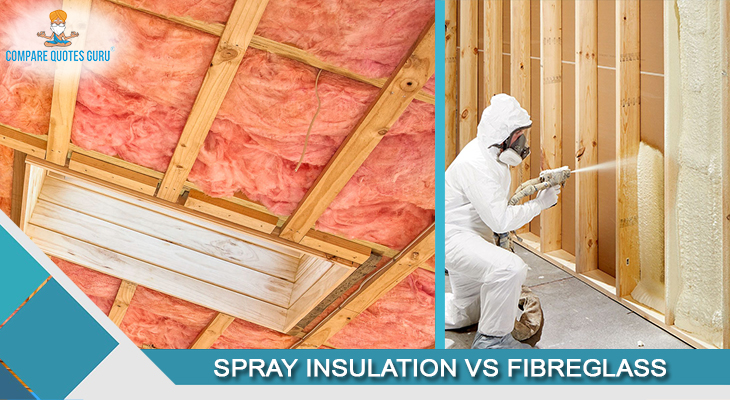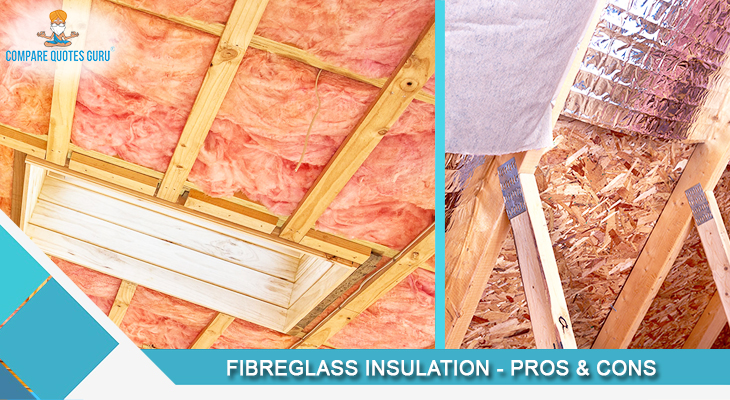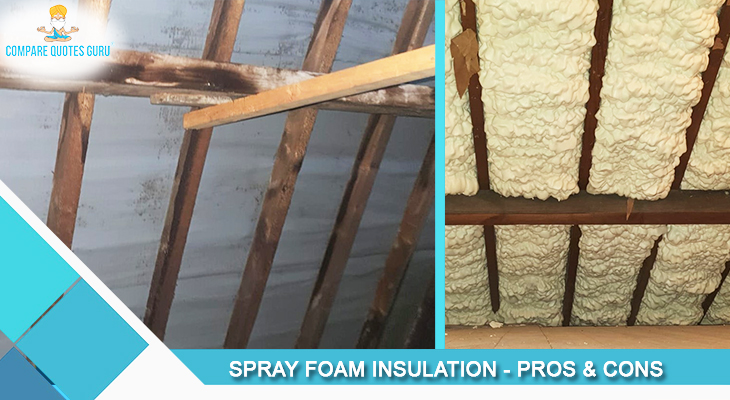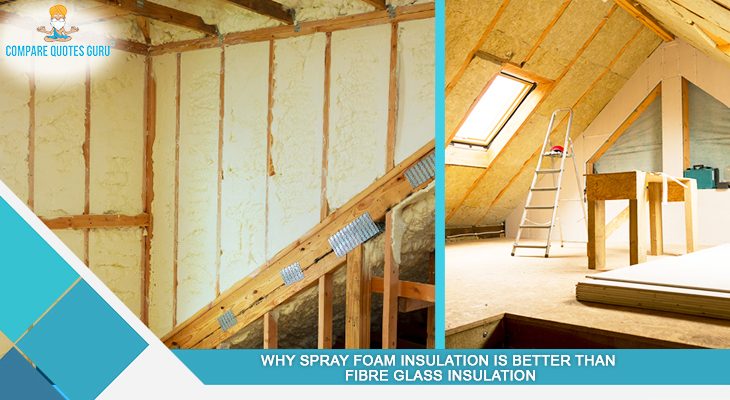Spray Foam Insulation Cost UK
Whether you move into a new house or an old one, insulation should be a consideration of yours. You have to think about keeping your home warm in the winter and cool in the summer, and you have to consider how much rainfall your home gets, too. Too much rain and not enough protection leads to mould growing in the walls; not ideal. when you’ve bought a new place. Perhaps you’re looking to ensure that your loft is secure this year: insulation is going to play a vital role in your home staying warm! With enough insulation in the loft, you can keep the temperature of the home comfortable throughout the year, keep your heat and air conditioning bills down and you will be more comfortable as a result. So, what insulation should you be buying? And why?
Spray Insulation VS Fibreglass

Traditionally, fibreglass insulation is used in loft spaces. It’s cheap, easy to install and it sits in the loft space to absorb the temperature and keep the home warm. The type of insulation that you need really depends on what will work for your home, and fibreglass traps air bubbles and slows the heat exchange between the top and bottom of the home. Spray foam insulation, however, works by expanding to almost 100 times its original volume. Once expanded, it can harden into a solid, allowing for much more coverage in the loft space and the process is more automated than fibreglass. As well as having the ability to stop the house from water penetration from the elements. There are two different types of spray foam insulation cost uk, too. Closed cell insulation and open cell insulation: closed cell expands and sets hard and open cell is rather spongier.
Fibreglass Insulation – Pros & Cons

Fibreglass insulation for the loft is often the default choice for homeowners today. It’s the most popular option and has been for many years, and those who don’t know about spray foam insulation often choose fibreglass because it’s what they know. The pros and cons of fibreglass insulation include:
Pros
- Fibreglass insulation is much cheaper than other insulation types, meaning that no matter the size of your loft, it can be insulated cheaply and quickly.
- It’s very easy to install and can be laid out through the loft easily.
- Fibreglass can be found at most hardware shops and bought to fill the loft in bulk.
Cons
- The one problem with fibreglass insulation is that it’s much less efficient than spray foam insulation. Yes, the cost of it is cheaper, but you will still lose around 30% of your heat or air cooled by air conditioning units. This will make for a far less energy efficient option. This makes it a lot less effective at keeping your house cool in the summer and warm in the winter.
- Fibreglass, unlike spray foam insulation, is not great at being a sound barrier. Not only do you have to worry about air pollution outside, but if you have noisy neighbours it’s not going to prevent their sounds penetrating your home.
- Fibreglass also does not contribute to making a home structurally sound in the same way spray foam insulation does. It lays in the loft on the ground rather than expanding into the walls and filling every crack and crevice.
Foam Spray Insulation – Pros and Cons

There are open cell foam spray insulation options and closed cell foam spray insulation options. The closed cell option offers more insulation for air and moisture, but it also prevents noise pollution from penetrating the house. It works exceptionally well for loft insulation, but more than that, it will work in all walls of the home that require some extra protection. Below we’ve got some more pros and cons for you:
Pros
- Much more efficient as an insulation option compared to fibreglass. When choosing open cell foam spray insulation, there is minimal air leakage and when you choose closed cell insulation, you get no leakage at all. This can help to keep your home exceptionally comfortable and it can save you a lot of money on your power bills.
- Spray foam insulation is going to offer your house the chance to be more structurally sound. Spray foam gets into every single crack and crevice in the home and that offers more support within the walls. This is fantastic as it can add to the value of the house. Everyone wants to buy a house that will withstand the onslaught of the weather outside!
- Do you suffer from hayfever or allergies? Well, spray foam insulation works to plug every single gap, which prevents allergens from entering the home in the first place.
- Spray foam insulation lasts for an exceptionally long time, at least 80 years. This means that you can bet your home will stay the course for years to come simply because you used spray foam insulation instead of fibreglass.
- Very useful option as a sound barrier. If you live adjacent to your neighbours, then you may find that your home is shielded from their noise plus the noise of the traffic, people and birds outside. It can also work as a shield to other rooms of the house and their noise.
Cons
- Spray foam insulation does have its cons, as does everything. One of the main ones is cost. It can be up to four times more expensive to pay for spray foam than fibreglass, but the benefits outweigh the cost given that it can last much longer.
- You need a professional to install your spray insulation and this can add to the cost.
So, Which Is Better?
When it comes down to which is better, you need to think about the pros and cons above. This has to be a decision based on budget and your home’s needs, but when it comes to it, spray foam insulation is the better option overall. Get in touch today to get spray foam insulation quote for your home insulation needs.

